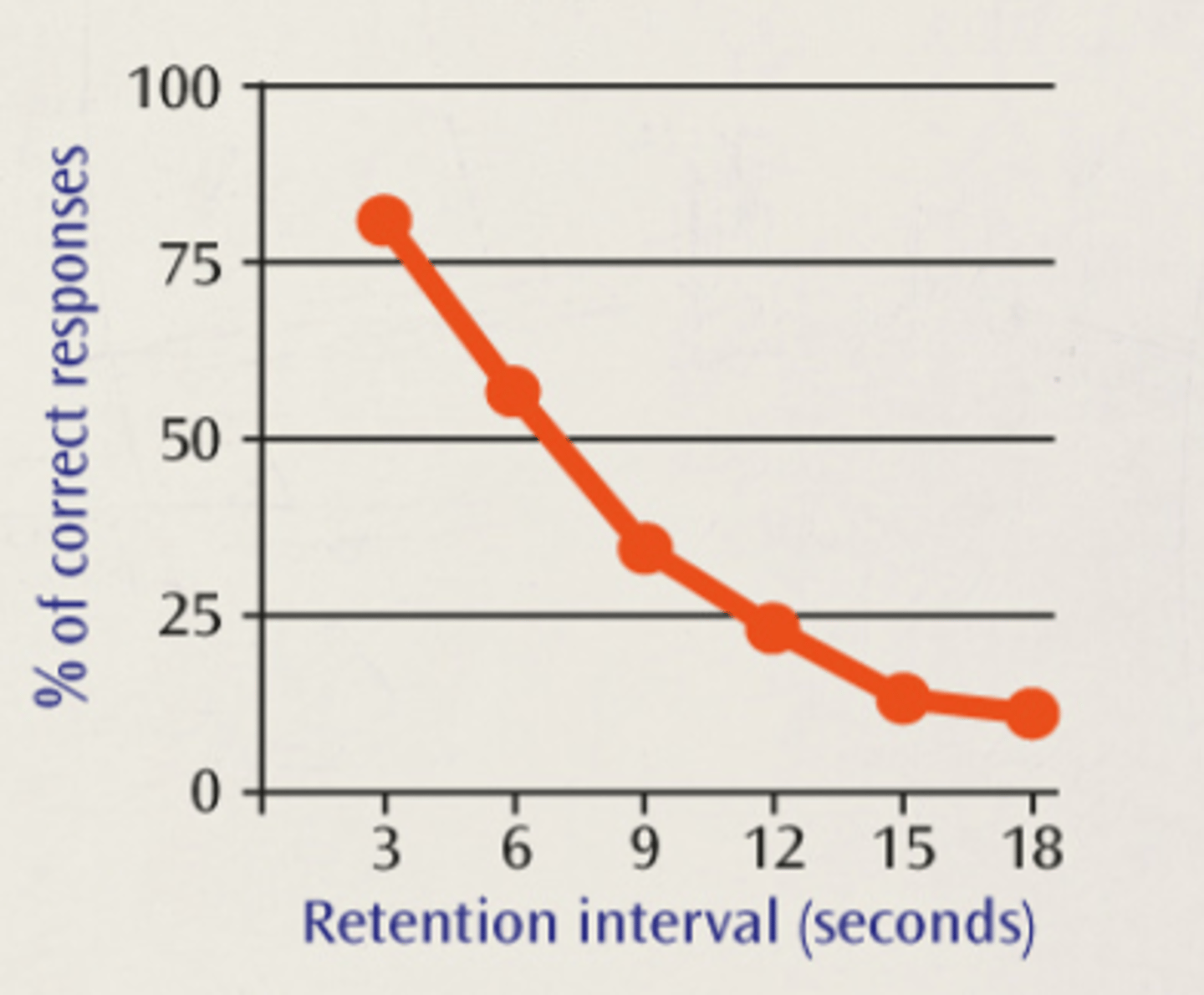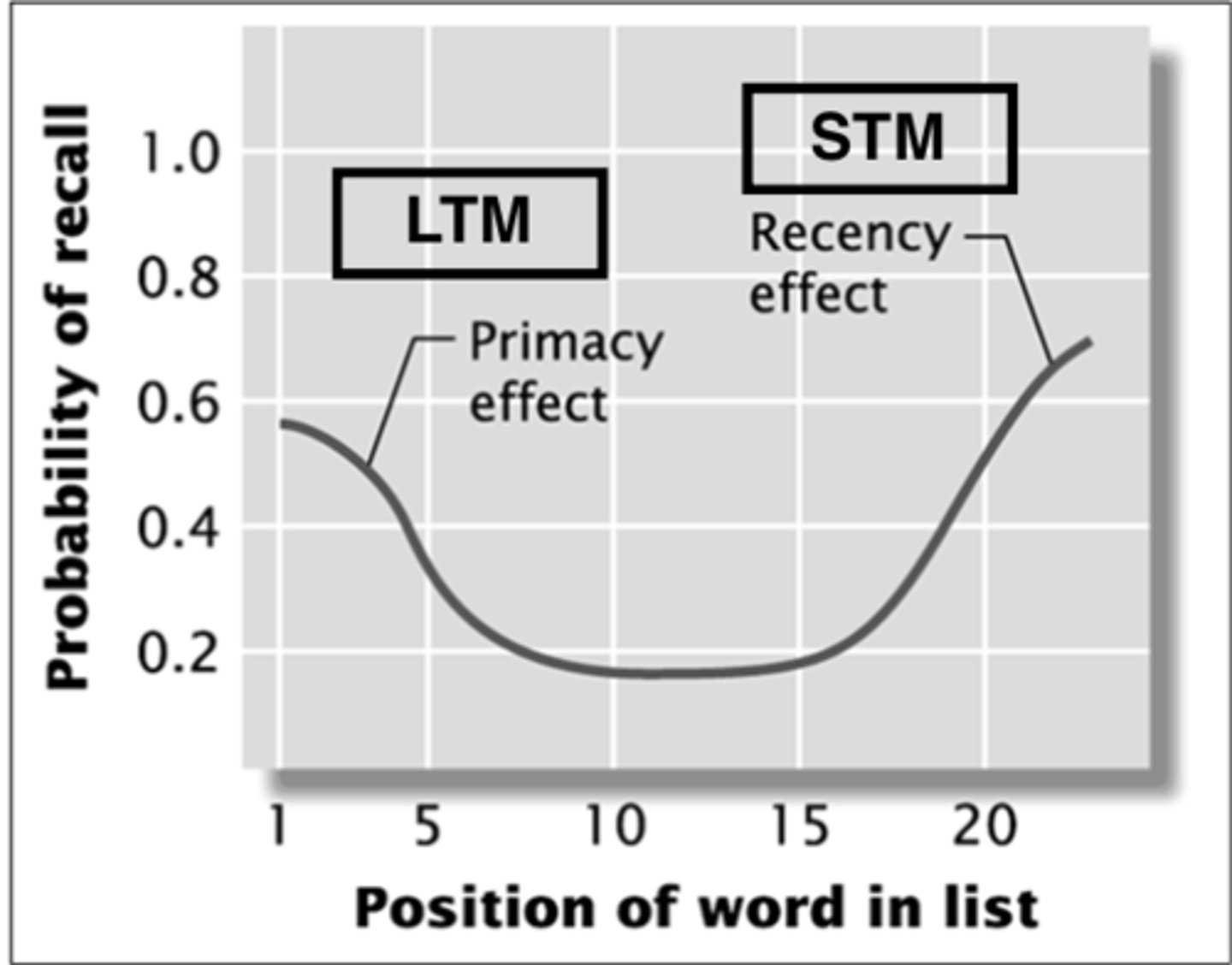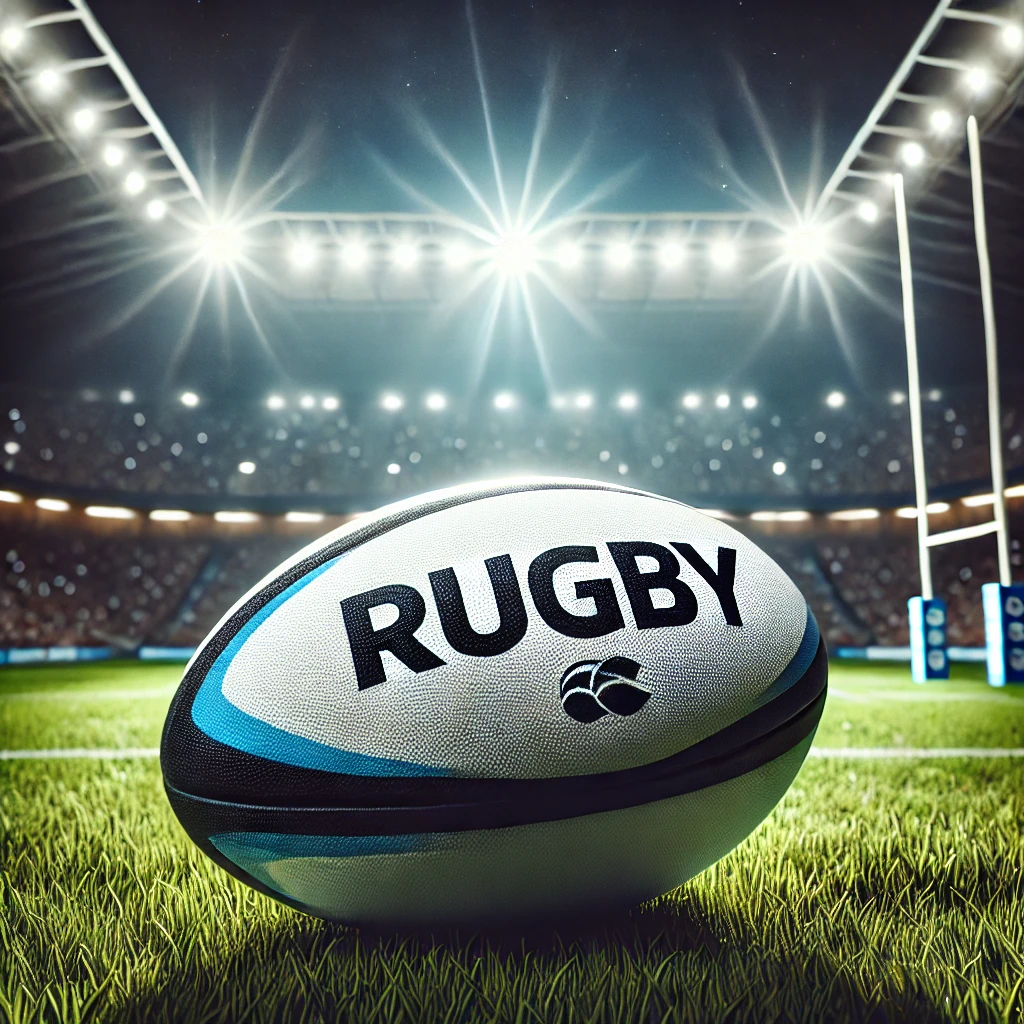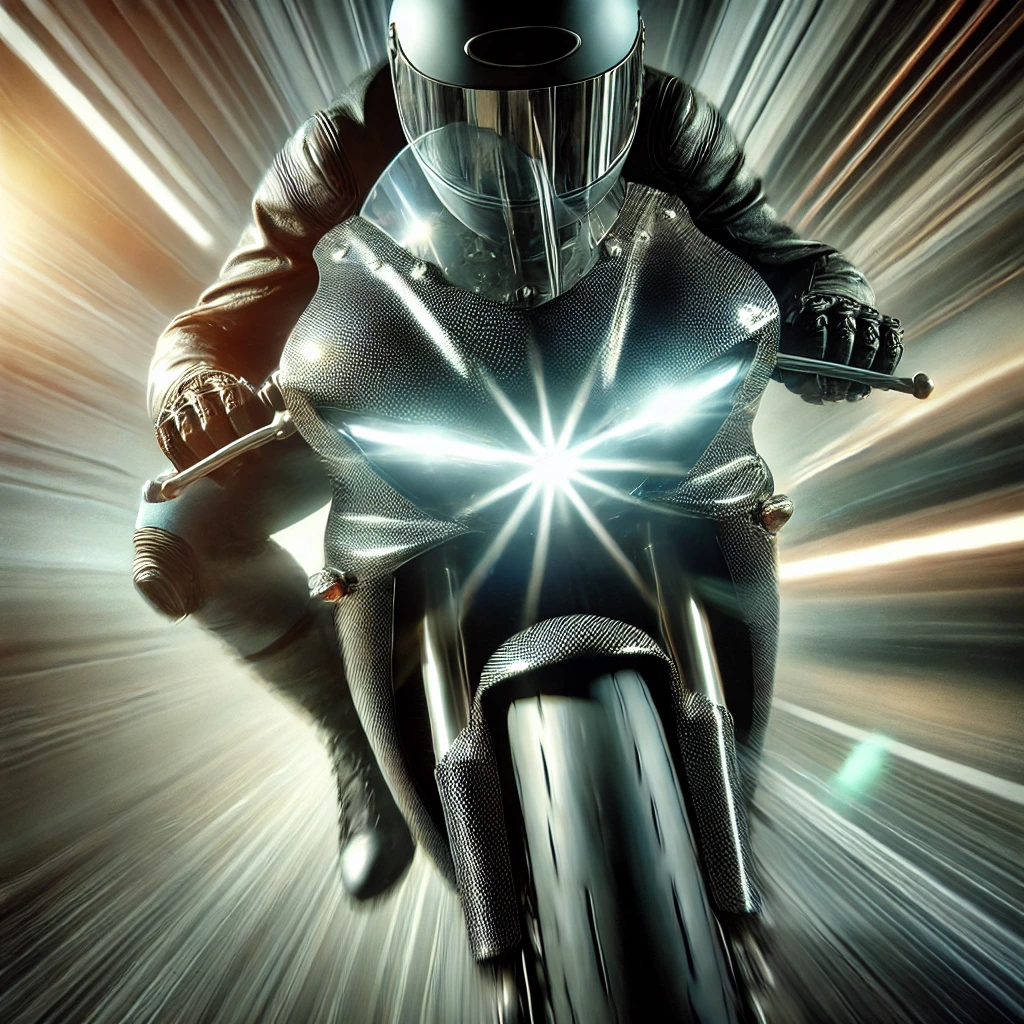Memory
1/21
Earn XP
Description and Tags
Name | Mastery | Learn | Test | Matching | Spaced |
|---|
No study sessions yet.
22 Terms
Jacobs (1887)
Participants were asked to recall increasingly long sequences of digits or letters in the correct order
Average amount of digits recalled was 9.3 items, 7.3 for letters
Miller (1956)
Noted that things (eg. days) come in 7s - similar to our memory as it has a capacity of ~7 (±2) items
Cowen (2001)
Reviewed a variety of studies into STM capacity and found it more likely to be around 4 pieces of info/chunks
Baddeley (1966)
Immediate recall (STM) worse for acoustically similar
After 20 min (LTM) worse for semantically similar
↳ Info coded acoustically in STM, semantically in LTM
Ev:
Artificial stimuli - lacks ecological validity
Didn't take into account visual cues
Peterson & Peterson (1959)
Tested STM by recalling 3 letter trigram after varying lengths of time
Carried out distraction task to prevent mental rehearsal
↳ Suggests STM duration ~18s

Bahrick et al (1975)
Tested 400 ppl (aged 17-74) on memory of classmates
1) Photo recognition test out of 50
15yrs - 90% 48yrs - 70%
2) Free recall (listing names)
15yrs - 60% 48yrs - 30%
Ev:
High external validity
However confounding variables not controlled
Sperling (1960)
Briefly presented participants with grids of letters
The participants of the study were asked to look at the letters for approximately 1/20th of a second and recall them soon afterward.
During this procedure, described as free recall, the participants were able, on average, to recall 4 to 5 of the 12 letters which they had seen
Glanzer & Cunitz (1966)
Words at the start of the list put into LTM
Words at the end were put into STM
Known as primacy and recency effect
↳ Can infer there are two stores of memory


Baddeley & Hitch (1977)
Rugby players asked to recall names of teams they played for, found forgetting was not correlated with the length of time (trace decay) but rather the number of teams (interference)
Ev:
Validity increase, as it had some real world situations
However interference is temporary
↳ Tulving (1971) found that recall rose by 70% when given cues

KF
When his digit span was tested by presenting digits to him visually, it was much better than when read out loud.
This implies there is a visual + verbal STM
Along with other case studies, it shows that the MSM is too simple as STM can be divided into verbal, visual and spatial memory stores
CW & HM
Their episodic memories were both severely impaired
However semantic and procedural memories were intact
↳ eg CW could read music and singEvidence for different types of LTM
Baddeley & Hitch (1976)
Dual-Task studies
C1 - 2 acoustic based tasks
- ability was impaired
C2 - 1 acoustic, 1 visual based task
- ability not impaired
Provides evidence that auditory memory and visuo spatial memory stored separately in STM
Godden and Baddeley (1975)
18 deep sea divers memorised a list of words
Dry (RE) | Wet | |
Dry (LE) | 13.5 | 8.6 |
Wet | 8.5 | 11.4 |
Ev:
Artificial task - learning word list, lacks ecological validity
Rare to find such contrasting contexts as land and underwater in real life
Loftus and Palmer (1974)
Ppts watched a car crash video, asked the same questions but only changed verb when estimating the speed (contact-smashed).
Answers ranged from 31.8-40.5mph
Yuille and Cutshall (1986)
13 witnesses to a real life shooting in which a store owner was wounded and the thief was shot dead were interviewed.
Found that eyewitnesses are actually very reliable with an accuracy between 79 and 85%
Didn’t make errors due to leading questions and those who were most distressed had the most accurate memories
Accuracy remained high even 5 months later.
Johnson & Scott (1976)
Study investigating the weapon focus effect, where participants overheard a discussion and then saw a man with either a gun or a pen, affecting their ability to identify the man later.
Percentage correct out of 50 photos to correctly identify the person:
1) 49%
2) 33%
Pickel (1998)
Procedure
Showed video of a man taking money from a receptionist at a hair salon, then leaving
5 conditions which varied depending on item the man was holding, categorised by unusualness and threat:
Scissors (high threat, low unusualness)
Handgun (high threat, high unusualness)
Wallet (low threat, low unusualness)
A raw chicken (low threat, high unusualness)
Nothing (control)
After watching the footage the ppts completed a filler task for 10 minutes, then they filled in a questionnaire which required them to remember details about the receptionist and the man, including what he was holding in his hand and what they thought he was doing in the hair salon
No difference in accuracy of description of target in low threat compared to high. Eyewitness accuracy was poor in high unusualness
Christianson & Hubinette (1993)
A study examining the effects of anxiety on eyewitness memory, where witnesses to a real bank robbery were interviewed. The results showed that those who were more directly involved had better recall than bystanders.
Gabbert et al (2003)
Study on eyewitness memory where participants viewed a crime video from different angles. After discussing the event, they exhibited memory distortion, reporting details they hadn't actually seen, demonstrating the influence of post-event discussion on recall.
↳ 71% (discussion) recalled aspects they didn’t see; control - 0%
Kohnken et al (1999)
Carried out a meta-analysis of 55 studies comparing the cognitive interview to the standard police interview
Found that the CI resulted in more accurate information and inaccurate information
Milne & Bull (2002)
Found that each technique in the CI single handedly produced more evidence on their own than the standard police interview
Also found that reporting everything and reinstating the context provided the best recall
Suggests that these 2 elements should be used
Schmidt et al (2000)